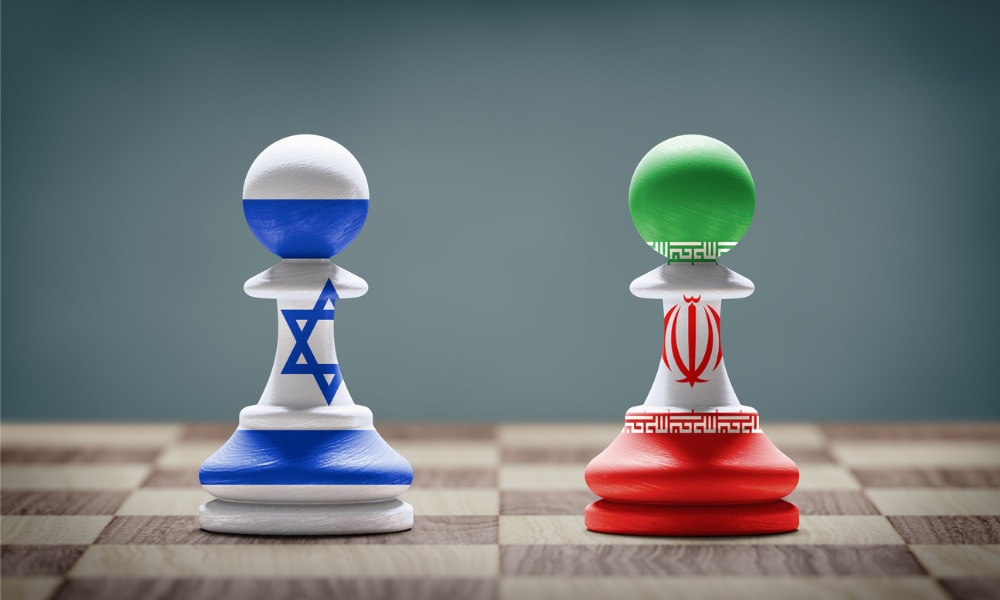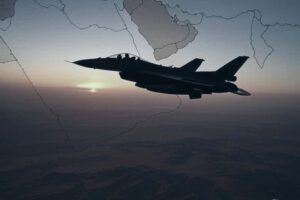
The severe weakening of Hamas, a key ally in Tehran’s network of proxies, is disrupting Iran’s grand strategy for a multi-front war with Israel. As current tensions mount, the Iran axis faces a potential regional conflict while its southern flank is greatly diminished.
The Hamas-controlled Gaza, despite its small size, played a pivotal role in Iran’s grand plan due to the enclave’s prime location. Situated directly on Israel’s border and in close range to the Tel Aviv area, Gaza posed a direct threat to large areas and population centers in southern and central Israel.
Recognizing Gaza’s strategic value, Iran supplied Hamas with financial support, military tech and training, enabling the group to build up a significant arsenal of rockets and other weapons. Tehran’s support was designed to create a persistent threat on Israel’s southern border, forcing the IDF to divert resources to this front in a future regional war.
However, long months of war in Gaza have dramatically altered this calculus. The IDF’s intense operations resulted in widespread destruction across Gaza, severely degrading Hamas military capabilities and infrastructure.
A critical mass of Gaza’s extensive network of tunnels, rocket manufacturing sites, and terror command centers has been demolished or neutralized.
Hamas arsenal depleted
Most crucially at this junction, the Hamas rocket arsenal has been largely depleted and the group’s ability to quickly rebuild has been severely compromised. This will allow Israel to divert air defense systems such as Iron Dome and other military assets to other fronts.
In the event of a large-scale regional conflict, Israel would be able to focus more military capabilities on threats from other directions, such as Hezbollah and Syria. This was not the Iranian plan.
The idea of simultaneous pressure from multiple fronts, a cornerstone of Tehran’s doctrine, has been at least temporarily disrupted. Now, as Israel-Iran tensions mount, the altered dynamics resulting from the Gaza war add a new layer of complexity to Tehran’s calculations.
Overall, the shift in Gaza’s status from a potent threat to a weakened flank represents a significant development in the Israel-Iran conflict. Moving forward, both Jerusalem and Tehran will likely readjust their doctrines to adapt to the new realities created by the October 7 attacks and the Gaza war.


